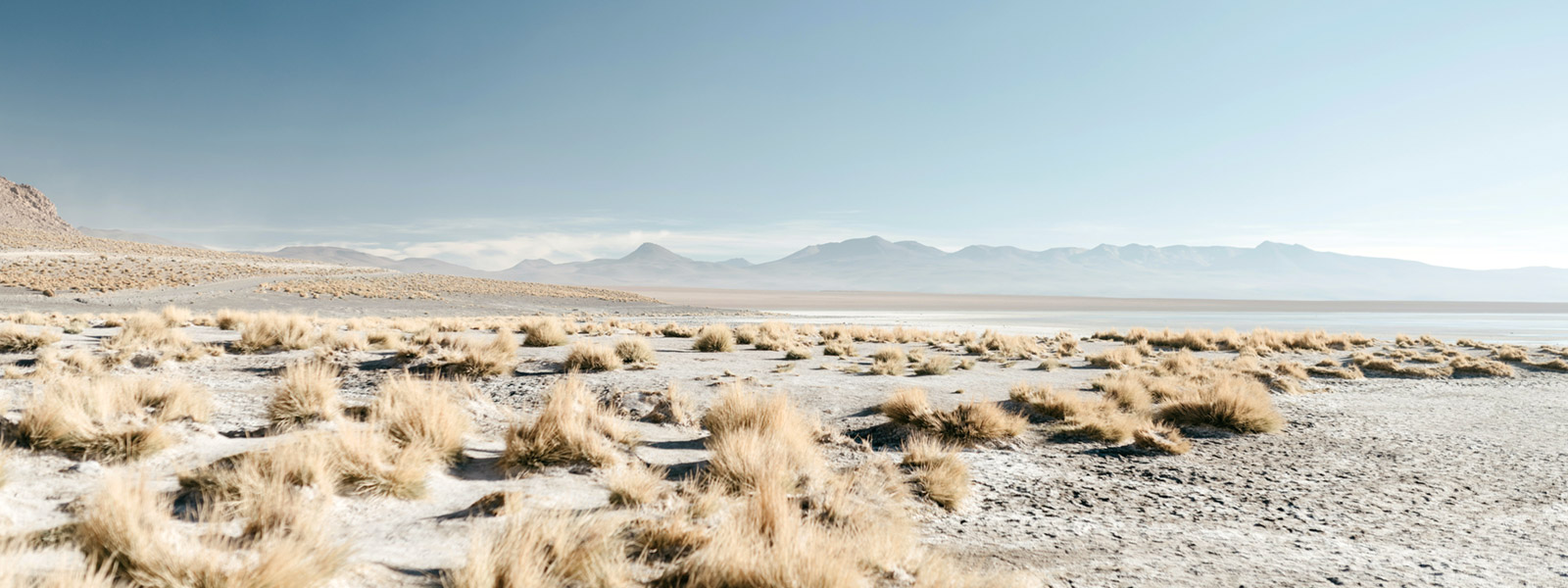
While it is difficult to attribute a particular weather event to global climate change caused by anthropogenic activities related to the greenhouse effect, the fact that this is happening as a global trend is now unequivocal, and is most likely caused by Human influence. For many key parameters, the climate system has already gone beyond the patterns of natural variability within which our society and economy have developed and thrived, including global mean surface temperature, sea level rise, progressive ocean acidification, and extreme weather events.
In this century, we can expect temperatures to rise between 1.8 and 4.0°C and sea levels to rise by 0.5 to 1.4 m compared to the 1990s.
Climate change scenarios suggest that Italy will face a future with fewer cold days and nights, warmer and more frequent hot days and nights, with an increase in the frequency of extremely hot days. Further declines in precipitation compared to past decades are predicted, with more frequent and more intense forest fires.
Drought and climate changeClimate change will therefore result in many parts of Italy becoming even hotter and drier.
A significant increase in drought periods resulting in reduced agricultural productivity in many parts of Italy, especially Central and Southern Italy will further intensify the economic burden and stress on farming communities.
In this looming critical environment, access to multiple sources of water supply, such as wells and rivers, will be sought.
The latter cannot guarantee year-round regularity of supply, as they are strictly dependent on melting snow and glaciers that are actually thinning as a presence. Rainfall is extemporaneous and particularly violent, thus not guaranteeing the regular level of rivers and the effective filling of aquifers.
As for wells, the lowering of the water table (for the same reasons as for rivers) forcibly generates a rise in its saline level, often making the water unusable for irrigation use and especially not for all types of crops and/or nurseries.
It is therefore necessary to think about forward-looking investments, such as reverse osmosis plants, which, with their desalination capacity, allow for the protection of one's business, ensuring regularity of the salt content of the water and allowing for a constant water supply throughout the year.
What we need to draw up an estimate:
The salt level of water is extremely variable depending on the geological nature of the land, proximity from the sea, depth of the well, etc.
It turns out, therefore, that each reverse osmosis plant is tailored to the customer's need.
The minimum information needed is:
- Daily volume of water required;
- Basic characteristics of the water to be treated: a complete analysis is best, but as a minimum Conductivity, pH, total hardness, Sodium, Sulfates, Chlorides, Iron.
The best solution to your problem
Contact us for a personalized offer
 IT
IT

